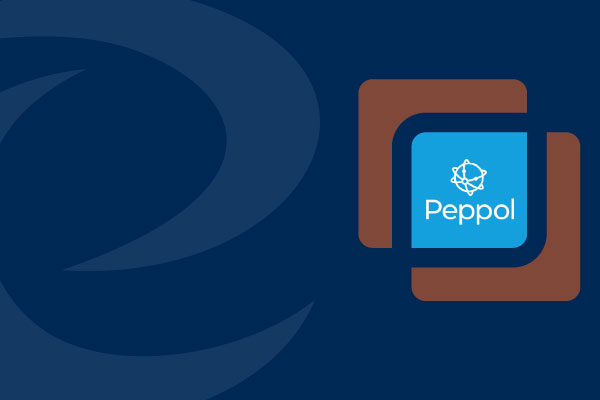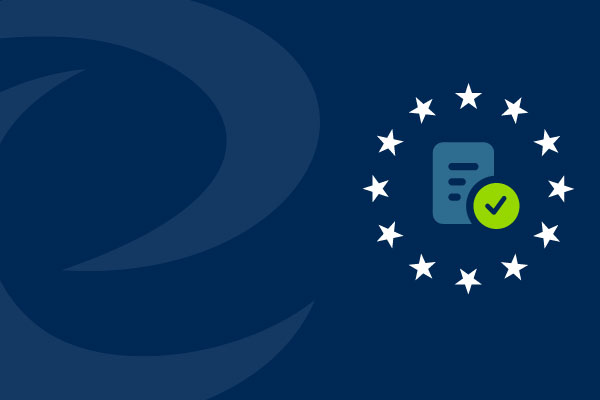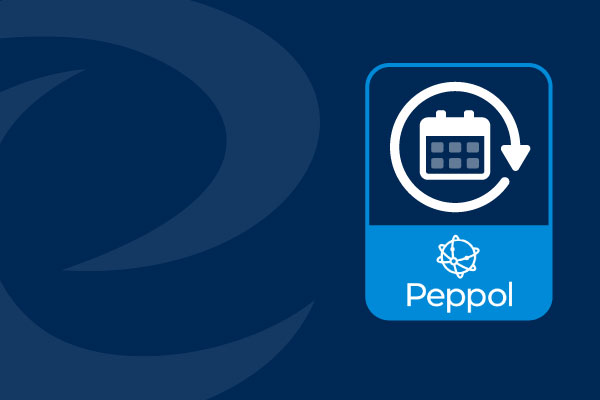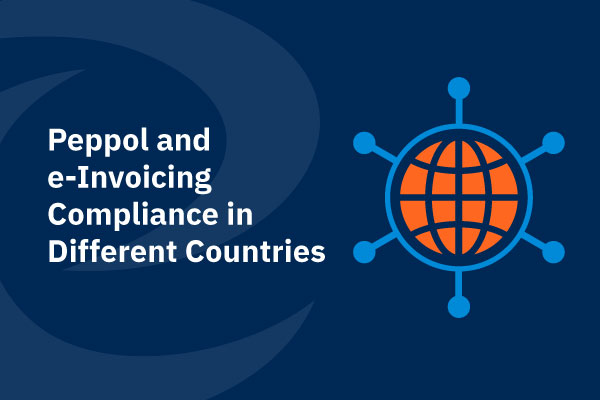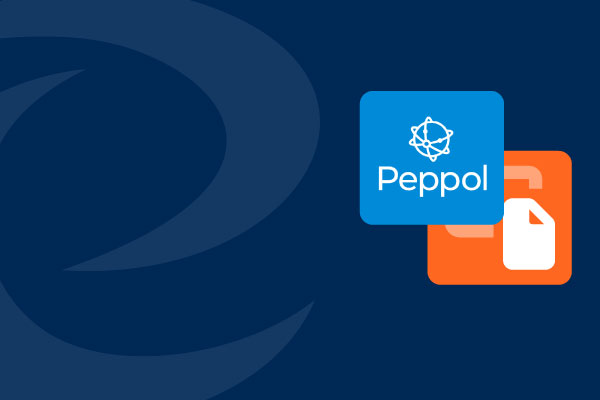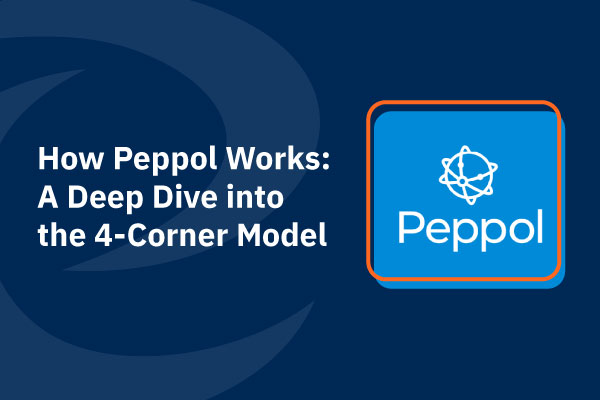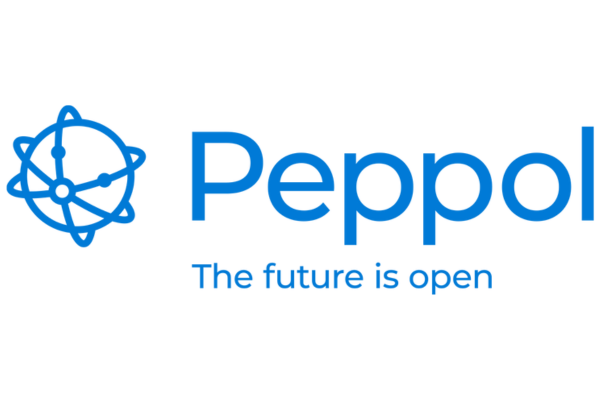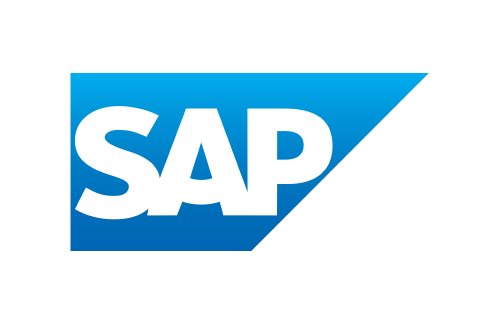Posts by tompenn
PEPPOL Integration for your ERP
PEPPOL is growing in popularity, and more companies are choosing it to send invoices. One key reason is its simplicity. Many businesses are already part of the network, making it easy to exchange documents without dealing with multiple formats or platforms. Naturally, many ask if PEPPOL can be integrated with their ERP system. The answer…
Read MoreWhat is Peppol BIS 3.0 – the European standard for e-invoicing
Standards and formats are what make it possible to exchange business documents quickly, securely, and without the need for manual tasks. When everyone follows the same rules for how documents are structured, different systems can understand each other more easily, no matter which software or country you are in. In this blog post, we will…
Read MoreThe Future of Peppol
From an EU E-invoicing Directive to Widespread Adoption, the Peppol network is developing at an extraordinary rate. Across Europe and globally, new countries are choosing to become a part of the Peppol community. Adoption rates to date include 1.4 million companies currently registered in the Peppol network. The latest statistics reveal that 20 countries have…
Read MorePeppol and Global E-invoicing Compliance
E-invoicing mandates are being introduced in more and more countries around the world. As part of this, Peppol is also gaining popularity, since many countries are making it part of their official requirements. Peppol has already been widely used for business-to-government (B2G) invoicing, but we now see it expanding into business-to-business (B2B) as well. This…
Read MorePeppol vs EDI: What’s the Difference?
Many companies today face the decision of whether to use newer networks such as Peppol or standard EDI formats like EDIFACT and ANSI X12 when modernising their supply chain and invoicing processes. While both enable electronic data exchange, the EDI vs Peppol debate often comes down to cost, compliance, and how easily you can connect…
Read MoreHow Peppol Works: A Deep Dive into the 4-Corner Model
When we talk about e-invoicing flows, we often use corner models to show how documents move between different parties. The idea is the same everywhere: an invoice or another business document needs to get from the sender to the receiver. The setup can vary from country to country. Some national systems use the Peppol flow…
Read MoreWhat is Peppol: The Complete Guide to Peppol
Introduction E-invoicing is becoming mandatory in more and more countries. Governments are introducing requirements to ensure invoices are digital, standardised and often reported in real time. Among the different formats and networks available, Peppol is one of the fastest growing and most widely adopted. It offers a single connection that lets companies exchange invoices and…
Read MoreThe Business Benefits of API Integration: Unlocking Efficiency and Agility
Seamless communication between business systems is essential. Whether managing inventory across multiple channels, exchanging order data with trading partners, or syncing updates between eCommerce platforms and your ERP, data must flow accurately and in real time. That’s where API integration comes into play. API (Application Programming Interface) is a technology that enables different software systems…
Read MoreAPI Integration Overview: What is API Integration?
Many businesses rely on multiple software tools to manage their operations. These systems often cover areas like sales, inventory, finance, or customer service. When the tools are not connected, teams may need to transfer data manually, which slows down processes and increases the risk of errors. API integration connects systems directly, allowing them to share…
Read MoreHow Tariffs Disrupt Supply and Demand with Hidden Costs
Tariffs are more than just taxes on imported goods; they’re market disruptors that ripple through the economy. From changing what consumers buy to how companies produce and compete, the effects of tariffs are both immediate and far-reaching. Beyond these more obvious price increases, tariffs often carry hidden costs. Supply chain disruptions, administrative compliance burdens, and…
Read MoreTop Supply Chain Risks in 2025 & How to Mitigate Them
Global supply chains are facing unprecedented disruptions due to environmental, political, technological, and regulatory challenges. These risks can expose your business to compliance and reputational risks while increasing costs and delays. Below is a detailed look at the key supply chain risks this year and proactive strategies to build resilience and agility. 1. Extreme Weather…
Read MoreSAP Rise vs. Grow – Which is Right for Your Business?
SAP Rise vs. Grow: Which is Right for Your Business? SAP S/4HANA has two major cloud-based ERP options under its brand: RISE with SAP and GROW with SAP. Both are designed to support companies transitioning from on-premise to cloud or implementing a cloud-based ERP system from scratch, but have different target audiences, deployment models, and…
Read More